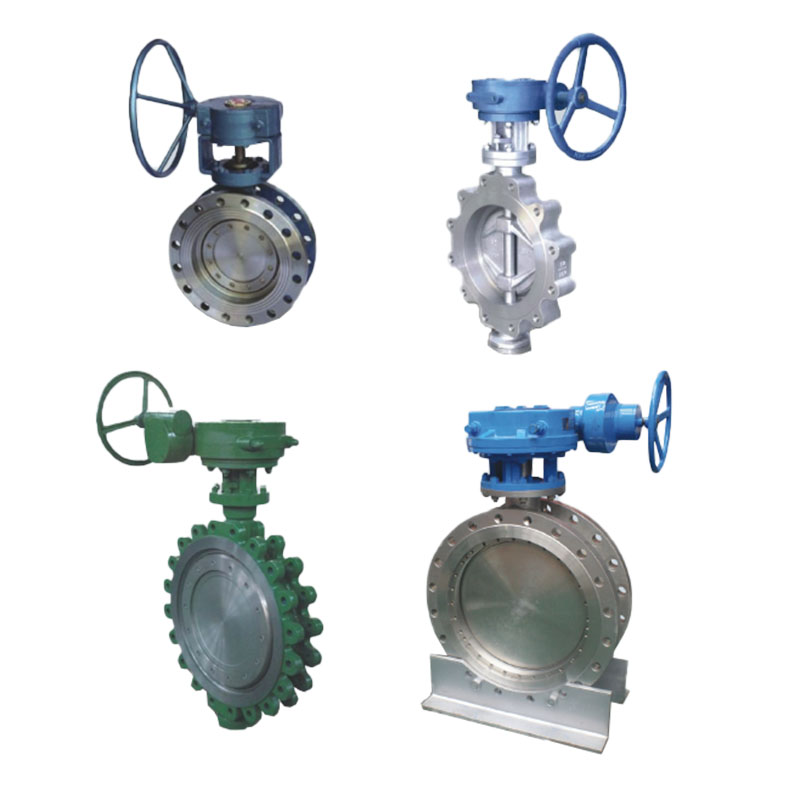Zhejiang Shunlin Valve Co., Ltd. is China Flange Valve Manufacturers, we are design and manufactures API standard valves (globe valves, gate valves, check valves, ball valves).
Globe Valves - Function, Parts and Maintenance
Update:2023-11-02 15:25:48 Thursday
Summary:Globe Valves are ideal for shutting off flow of mediums such as water, steam and petroleum products. They can also be used for regulating and throttling. However, since they force the media to change direction, they cause resistance to the flow and a......
Globe Valves are ideal for shutting off flow of mediums such as water, steam and petroleum products. They can also be used for regulating and throttling. However, since they force the media to change direction, they cause resistance to the flow and a high-pressure drop within the system. The article discusses the function of globe valves, their parts and maintenance requirements. It also covers the factors that need to be considered before purchasing them.
Globe valves are characterized by a movable plug or disc element and a stationary ring seat in a generally spherical body. They can be operated as a full-bore or half-bore valves, depending on the configuration of their components. Compared to other types of valves, globe valves have a higher sealing pressure and are a good choice for applications that require low operating torque and large opening/closing sizes.
The metal plug inside the valve is known as a globe that rises and falls when the handle is turned, which allows the user to control the flow of media. The globe fits firmly against a valve seat on the other side of the valve body to create a tight seal. The seat and the body are machined to obtain a perfect fit and a reliable sealing surface. This feature makes them less susceptible to leakage than other valve designs, but it is important to regularly lubricate the valve stem and packing to avoid any mechanical damage.
Most of the operating forces that need to be overcome when closing or opening a valve are due to the friction between the globe and the seat. This requires the valve to have a large diameter, which increases its power consumption. This also results in the valve having a slower open/close speed compared to other types of valves.
Unlike gate valves, which are force-sealed and can be opened with very little operating force, globe valves have a more complex design that results in greater resistance to the flow of medium. This makes them unsuitable for situations where quick start/stops are required.
In addition, the angled pathway of the medium through the valve body can cause fluid friction that slows down the process. In fully open position, the globe’s zigzagging path up and out of the valve body causes significant resistance to the flow of medium.
Nonetheless, the ability to throttle the flow of medium in small movements makes the globe valve suitable for applications that require precise control. The valve is also equipped with positioners and actuators that allow it to be controlled with the utmost accuracy. Learn more about the different types of valves by taking our free Introduction to Valve Online Video Course. This course also includes a quiz and a handbook. Sign up now to get started! You can even earn a certificate when you finish.


 English
English 中文简体
中文简体 русский
русский







